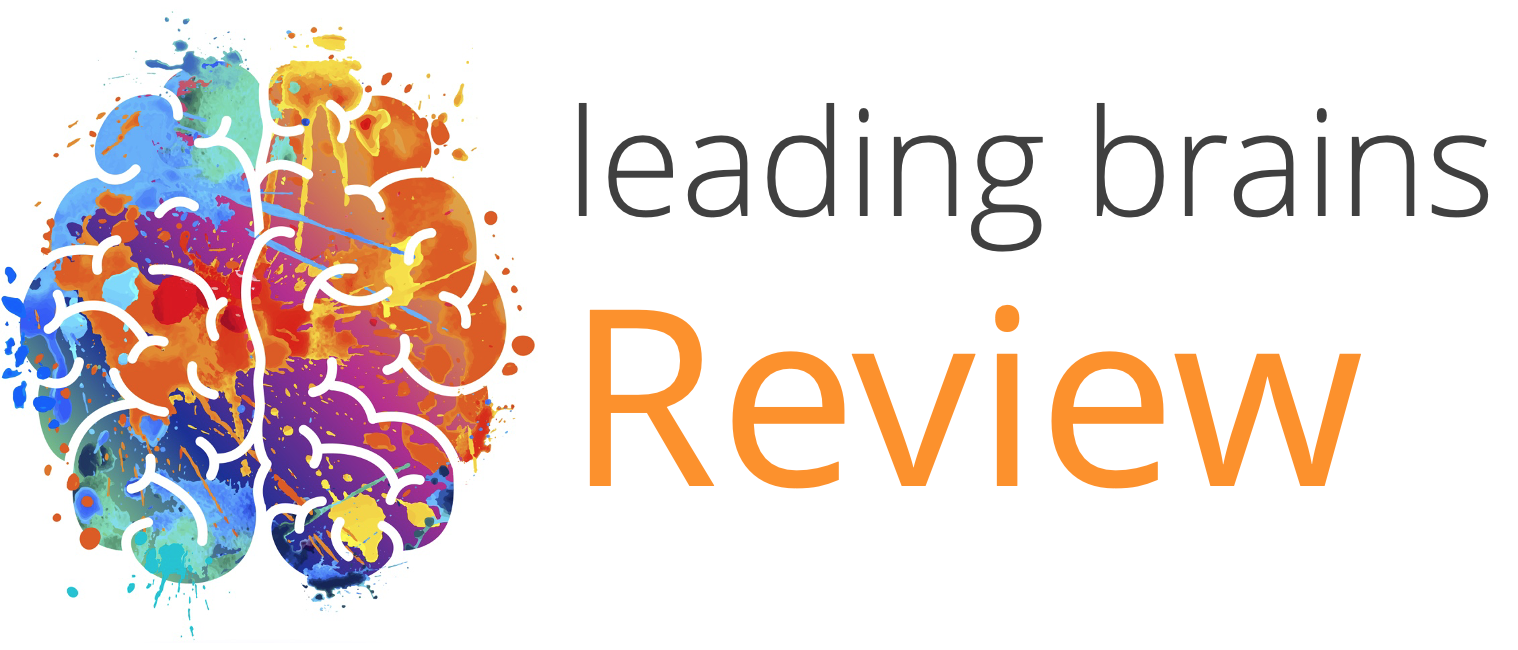Quick Hits
Daily brief research updates from the cognitive sciences

Is it just pictures of cats that we share on social media? That is a cliché – most of social media does not have post of cats on them and all manner of things are shared.
Emotionality obviously drives much of this – but a group of researchers around Danielle Cosme at the Communication Neuroscience Lab from the University of Pennsylvania have recently published their findings of their study into this question and come up with a slightly different answer.
For this they analysed the behaviour of over 3,000 individuals with regard to content and willingness to share this, over multiple experiments.
These people were exposed to articles on social media posts about health, climate, politics, and COVID-19. They then rated how relevant they thought the articles were to themselves and others and how likely they would share the information.
What they saw is that those who saw the information as self- or socially-relevant were much more likely to share. This may sound obvious, but it shows that sharing is seen as a socially useful tool to spread relevant information. Of interest is also that those in the study who were asked to write out why they thought a message was relevant to themselves or others were more likely to share in contrast to just thinking about it.
The obvious point you may see in the above is that this is likely to create precisely those partisan or information bubbles, whereby people end up sharing to a group of like-minded individuals and only get exposed to one-sided information.
This is true but it also gives agencies clues as to how to engage better with the general public and help to spread quality information quicker and through social networks. For example, by making information more socially relevant to certain groups of people rather than just explaining facts. Also, instead of relying on information being spread by the media, or not, to actively engage networks of people who can share and spread the information further.
This is an important insight and helps give us, and also agencies, more insight into making sure that information gets shared and passed on: make it personally and socially relevant.
And a question to you: is this information, article, relevant to you?

Andy Habermacher
Andy is author of leading brains Review, Neuroleadership, and multiple other books. He has been intensively involved in writing and research into neuroleadership and is considered one of Europe’s leading experts. He is also a well-known public speaker, speaking on the brain and human behaviour.
Andy is also a masters athlete (middle distance running) and competes regularly at international competitions (and holds a few national records in his age category).
Reference
Danielle Cosme, Christin Scholz, Hang-Yee Chan, Bruce P. Doré, Prateekshit Pandey, José Carreras-Tartak, Nicole Cooper, Alexandra Paul, Shannon M. Burns, Emily B. Falk.
Message self and social relevance increases intentions to share content: Correlational and causal evidence from six studies.
Journal of Experimental Psychology: General, 2022
DOI: 10.1037/xge0001270
More Quick Hits
Your brain on near-death experiences
Near-death experiences have fascinated many people ever since they have been reported. And these experiences guide our view of how we die: the memories of your life passing in front of your eyes, the tunnel of light, the floating movement towards a bright light....
Social networks grow your brain
The headline is a bit “click baity” but it is what a group of researchers found. To be more specific they found in macaques (cute monkeys) in the wild that having more grooming partners grew different regions of the brain. Grooming is the primate version of having a...
What do creative brains look like?
We’d probably all be happy to be a bit more creative — though research into our own opinions show that many people do actually consider themselves to be above average in creativity. An obvious self-bias. This is where scientists who study creativity come in and find...
New gender biases discovered
There have been many studies on gender biases, and I have followed, written, and spoken about many of these biases over the years (over a decade actually) but two studies have just come out that caught my eye. One out of New York University focused on gender natural...
Growth of your brain over your life
So, we all know that our brain grows very quickly as babies and children and then after a certain age, younger than some of us may like to think, there begins a slow decline. But precisely what and how is the question. Well, this is a question that an international...
How to reduce loneliness
I have reported multiple times on loneliness during the pandemic – mostly because interest and research into loneliness has taken a large uptick. I have also reported on how to combat this and was happy to see that a piece of research just out proved what I had...






